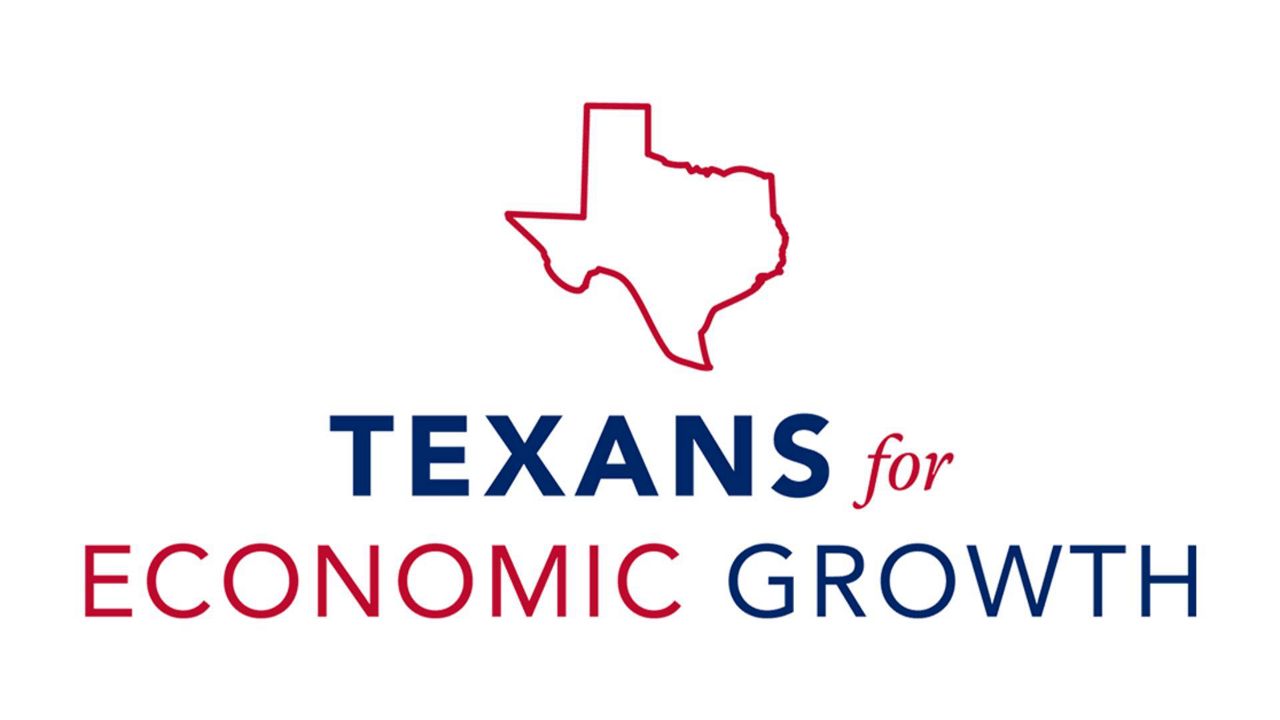FORT WORTH, Texas — New research released Tuesday by Texans for Economic Growth, a statewide 110-member business coalition, underscores the crucial role Hispanic Texans play in the state’s economy and across the major metros of Austin, Brownsville, Dallas, El Paso, Fort Worth, Houston and San Antonio.
Hispanic Texans in the Dallas and Fort Worth area are contributing billions in taxes and consumer spending. In 2019, Hispanic households earned $41.2 billion in income, with $6.3 billion going to federal taxes and $3.6 billion going to state and local taxes, leaving them with $31.3 billion in spending power, the study said.
These numbers are more pronounced, considering Hispanic Texans are helping drive population growth in Dallas and Fort Worth. Between 2010 and 2019, the U.S.-born Hispanic population grew by 33.4%, while the foreign-born Hispanic population grew by 13.5%. In 2010, 27.6% of the overall population in Dallas and Fort Worth were Hispanic, and that number increased to 29.3% in 2019.
Hispanic population numbers are growing across the state, though 47% of Texas Hispanics live in the state’s five biggest counties — Harris, Bexar, Dallas, Tarrant and Travis.
The Dallas-Fort Worth region best illustrates the diverging population patterns among Hispanic and white Texans. Among those five counties, Tarrant County — home to Fort Worth — continues to see the fastest growth of Hispanic residents since 2010. With a 28% growth rate, the Hispanic population in Tarrant grew from roughly 483,000 to nearly 620,000 last year.
Meanwhile, the white population in neighboring Dallas County is shrinking. Dallas' white population has fallen below 2010 levels, dropping from about 787,000 to about 746,000 in 2019.
In 2019, 70.9% of the overall Hispanic population and 72.1% of the foreign-born Hispanic population were active in the labor force, compared with 68.1% of the non-Hispanic population.
“As our business community continues to wade through labor and supply chain challenges, it is imperative that we push date-driven, policy-focused discussions regarding the economic contributions of Hispanics to the forefront,” said Anette Landeros, President and CEO of the Fort Worth Hispanic Chamber of Commerce. “Our DFW Metroplex is currently booming with growth and opportunity, and our Hispanic population will play an important role in ensuring that the trajectory is sustainable for years to come.”
The uninsured Texans, known as the “working poor,” include about 1.4 million hourly or low-wage workers. These people, disproportionately Hispanic (61% of the uninsured) tend to have low levels of education (48% of the uninsured don’t have a high school degree), and earn less than $35,000 a year despite typically working full-time, often in jobs such as construction or the service industry.
Hispanic Texans in Dallas & Fort Worth hold substantial voting power. In 2019, there were more than 888,000 eligible Hispanic voters, including more than 191,000 naturalized citizens. Overall, the Hispanic population made up 18.8% of the electorate, including Hispanic naturalized citizens, who on their own made up 4.1%.
“As we prepare for the post-pandemic economic recovery, it is important to know how Hispanics can and will contribute to keep the Texas economy thriving,” said J.R. Gonzales, Executive Vice Chair of the Texas Association of Mexican American Chamber of Commerce. “The new data shows Hispanics can demand a seat at the table now that we can show that what we bring to the dinner party is crucial.”
Most statewide and national studies on the cost-benefit analysis of illegal immigrants suggest Texas is profiting from illegal immigrants.
For example, a recent Rice University study said the state of Texas made more than $420 million off immigrants living in the state illegally.
The study, which replicated an outdated state comptroller report, finds that for every $1 the Texas government spends on the estimated 1.6 million people living in the state illegally, the state brings in $1.21 in tax revenue.
The Rice study is modeled off a Texas State Comptroller report from 2006, which had similar findings: Immigrants in Texas without legal authorization generated $424.7 million more than they cost the state. The study calculated costs to the state in education and health care services, as well as incarcerations. It measures benefits through state revenues and school property taxes. Local governments, however, shouldered $929 million in uncompensated health care costs and local law enforcement costs not paid for by the state, the 2006 report found.
The Rice study — which looked at state figures, not local costs — updated it using figures from 2018, estimating that roughly 6% of the total state population that year was in the U.S. without legal authorization. With roughly 65% of those residents working in the labor force and less than 6% unemployed, the study estimated they accounted for more than 8% of the state’s workforce.
In 2018, those residents paid some $2.4 billion in state sales taxes, property taxes and consumer taxes on gasoline, vehicle inspections and more, the study estimated. It estimated they cost the state just more than $2 billion in education, health care and prison costs.
In April, Attorney General Ken Paxton said that Texans pay more than $850 million per year on illegal immigration, and the recent surge at the border could cause that amount to surpass $1 billion.
Paxton blamed President Joe Biden’s immigration policies for causing the surge of illegal immigration and escalated criminal activity at the Texas-Mexico border.
Paxton's office said "uncompensated care" for those migrants costs public hospital districts between $579 million to $717 million, and between $62 million and $90 million for their inclusion in the state’s Emergency Medicaid program.
Housing unauthorized migrants costs $152 million a year, and between $31 million and $63 million a year is spent on education for unaccompanied minors who illegally crossed the border, according to the attorney general's office.
“Texans are hardworking and generous people, but the cost of illegal immigration is an unconscionable burden on the taxpayers of our great state,” Paxton said. “If we use the minimum estimated costs for services Texas provides to unlawfully present and undocumented aliens, taxpayers are shelling out an estimated $855 million every year. Texas will always welcome those who legally immigrate, but we cannot continue forcing taxpayers to foot the bill for individuals who skirt the law and skip the line. I will continue to fight for justice, safety, and prosperity for all Texans.”






